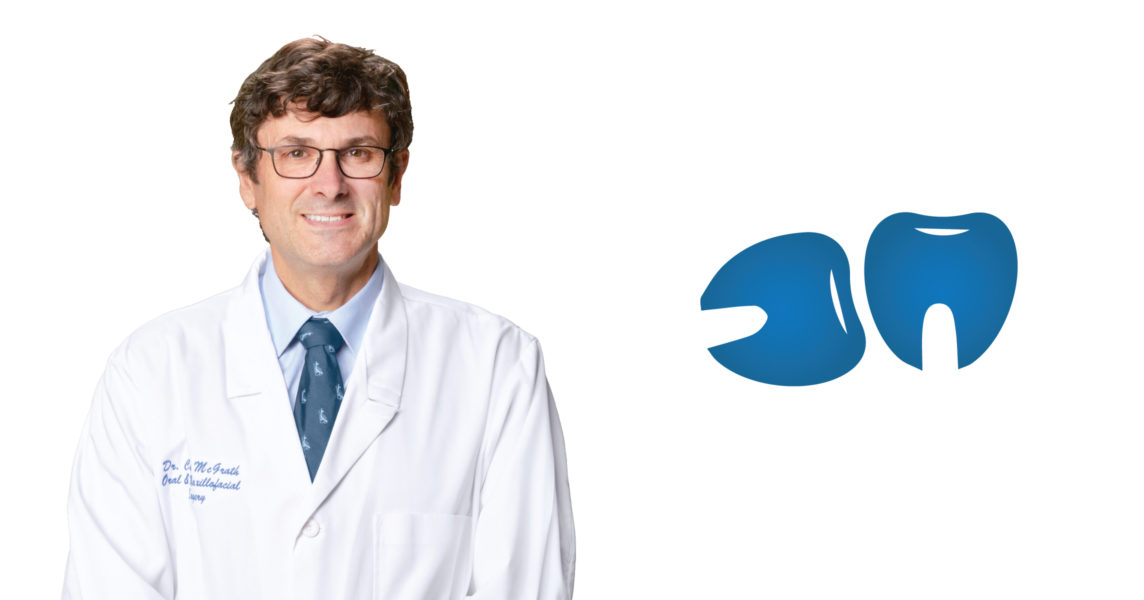What Is an Impacted Tooth?
An impacted tooth is any tooth that does not fully grow into the mouth. Sometimes, the tooth only partially erupts into its natural position, and it is still considered to be impacted. The most common impacted teeth are the wisdom teeth, which are in the far back of the mouth and are also called your third molars. The canines, also known as the maxillary cuspid or upper eye teeth, are located in the front of the mouth and help you to latch on and take bites of your food. Typically, your teeth grow by passing through the gums and emerging into their natural position, but there are times when a tooth gets stuck and does not fully appear.
A tooth may become impacted for a variety of reasons, including:
- Overcrowding of the teeth
- The presence of extra teeth
- Lack of normal adult teeth
- Unusual pathological growths blocking the tooth
- Inability of the tooth to follow the natural growth track
The canine teeth are crucial in developing a proper bite, and it is essential to ensure that they have adequate space to develop and establish within the dental arch.
When Do I Need to Seek Treatment for My Impacted Tooth?
Regular visits to your dentist can assist in the early identification of an impacted tooth. The longer a patient waits for diagnosis and treatment, the less likely it is that the impacted tooth will erupt naturally. Diagnosing and treating impacted teeth early is crucial to avoid misalignment, which often results in costly dental or orthodontic treatments.
It is recommended by the American Association of Orthodontists that patients should begin regular X-ray screening at age seven to monitor the development of teeth and recognize any signs of impacted teeth. If you are told that you have an impacted tooth or that you are at risk of impaction, a qualified oral and maxillofacial surgeon is the most qualified professional to treat the problem. Sometimes, an orthodontist can assist the problem with braces, which creates additional space for the teeth to grow in properly, but each condition will be assessed individually on a case-by-case basis.
What Are My Treatment Options for Impacted Teeth?
Expose and Bond is one of the most common forms of treatment for impacted canine teeth. Dr. Christopher McGrath and your orthodontist will work together to align your teeth properly for the impacted tooth to grow into its natural position.
First, the orthodontist prepares the mouth by applying braces (or another dental device) to move the fully grown teeth into their correct position. Next, Dr. McGrath will surgically expose the impacted tooth by pushing the gum tissue back and removing the bone covering the tooth. Then an orthodontic bracket with a very small chain will be attached to the tooth; the orthodontist will use the chain to gently pull on and move the impacted tooth into its proper alignment over time. There are some occasions when the orthodontic bracket and chain may need to be repositioned by the oral surgeon to complete the realignment.
If you are in need of the exposure and bonding treatment for an impacted tooth, we encourage you to contact our office to schedule an initial consultation. The friendly and highly skilled team at Geelong Oral and Maxillofacial Surgery have many options for impacted tooth treatment and are happy to review your individual case to develop an effective treatment plan.
